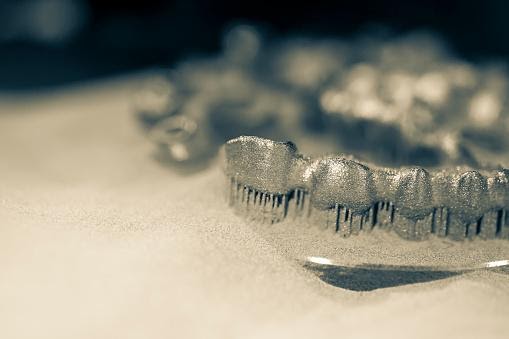Common Concepts: Causes Of Fibroid Formation And How To Avoid Them
Fibroids are a common condition that can cause a variety of symptoms in women. While some of these symptoms can be managed, it is important to understand the different causes of fibroid formation, how to recognize them, and how to prevent them.
Let’s discuss the various factors that can lead to fibroids and ways to reduce your risk. By understanding the causes and taking the necessary precautions, you can be proactive in managing your fibroids and reducing their impact on your health and well-being.
What Are Fibroids?
Fibroids are tumors that form in the wall of the uterus. They are small masses that grow on the wall of the uterus and may cause symptoms in women. Fibroids increase in size over time and may even become quite large. Fibroids are often called leiomyomas, but they are not necessarily benign tumors. Fibroids are a common problem in women and are the most common cause of abnormal uterine bleeding.
How Do Fibroids Form?
The formation of fibroids is not fully understood, but it is believed that fibroids develop from a normal growth of the endometrium. In the initial stages of fibroid development, the growth of the endometrium is stimulated by certain hormones, including estrogen, progesterone, and relaxin. As these hormones are released, they attract a group of cells known as myofibroblasts. Myofibroblasts form tiny fibers within the uterine wall and these fibers then grow together to form a new layer of tissue known as the myometrium.
Fibroids often occur in women who have had children and have experienced prolonged estrogen deficiency periods. This is because when a woman has had children, her body will not produce as much estrogen as it did during pregnancy and breastfeeding. This can also be due to obesity, which can lead to insulin resistance. If a woman has had an unplanned pregnancy, she will not have experienced the same estrogen levels that she would have during a normal pregnancy.
What Are The Risk Factors Associated With Fibroids Formation?
The risk factors for developing fibroids are not fully understood, but some factors may increase the likelihood of developing fibroids. Age is the most significant risk factor, as the incidence of fibroids increases with age. Women who have had multiple pregnancies or have high levels of estrogen and progesterone, have an increased risk of developing fibroids.
In addition to the risk factors, it is important to note that the cause of the fibroids is not fully understood. Some studies suggest that genetics and hormonal imbalances may play a role in the development of fibroids. However, it is important to note that many women with these risk factors do not develop fibroids. As such, it is important to discuss any risk factors with your doctor to ensure that your risk of developing fibroids is minimized.
Chemicals That May Cause Fibroids
Chemicals that may cause fibroids include alkali agents found in hair relaxers. These relaxers are commonly used to straighten or relax curly or kinky hair. Alkali agents are used to break down the bonds of the strands of hair, which causes them to become straight. However, these agents can also be absorbed into the scalp and can cause irritation and inflammation. This irritation and inflammation can lead to fibroids as the body attempts to protect itself from the irritant. Consumers of this products have since filed several lawsuits alleging that the manufacturer was negligent in the creation of the product, causing their ailments.
Other chemicals that may cause fibroids include ingredients found in some cosmetics, such as parabens and phthalates. Parabens are used as preservatives in cosmetics and can be absorbed through the skin, where they may potentially cause fibroids. Phthalates are used to make cosmetics more pliable and can also be absorbed through the skin and potentially cause fibroids.
Exposure to certain environmental toxins, such as certain pesticides and herbicides, may also increase the risk of developing fibroids. Additionally, exposure to radiation and exhaust from vehicles may also increase the risk of developing fibroids.
Genetics And Hormones
There are many factors that can influence the development of fibroids. These factors include genetics, hormonal imbalances, obesity, smoking. One of the most common causes of fibroid formation is genetics. This is because fibroids can be hereditary and occur in women who have a family history of them. In some cases, fibroids can occur when a woman has no family history of them but still develops them during her reproductive years.
Women who have had children may have more fibroids than those who have not had children. This is because pregnancy and breastfeeding lead to a decrease in estrogen levels and this can help stimulate the growth of the endometrium. This is also true for women who have had an unplanned pregnancy and do not experience an adequate estrogen level during pregnancy and breastfeeding. However, if a woman does not have children or does not breastfeed, she may not experience this decrease in estrogen levels and this may lead to a higher risk of developing fibroids.
It’s important to be conscious of the different aspects of our health. If you believe you may have or may be at risk for fibroids, seek out the counsel of a doctor for next steps.








